CTPS, MTPS
Long Term Athletic Development (LTAD) refers to the athletic progression of young people improving health and wellbeing, physical performance, reducing the risk of injury and enhancing psychosocial development. Without doubt it is very multifactorial, non-linear process and requires coaches and sport scientists to be adaptable and understand how children’s anatomy and physiology varies (Lloyd et al., 2016). Recent evidence has been published with updated position statements from various organisations and highly respected practitioners about LTAD (Faigenbaum, 2017, Ford et al., 2013, Lloyd et al., 2016). The aim of this blog is to consider the challenges many coaches face within tennis centres such as coaching large groups of young people across various chronological, biological and training ages and how can they practically apply this evidence every day and longer term in their coaching programs.
Consideration one: motor skills and strength are the foundations.
The development of technical skills in tennis requires the ability to produce and reduce force through a synchronised neuromuscular coordinated action. Without having this base of solid motor skills and strength an increased risk of injury may occur alongside a negative association with tennis.
The implementation of a strength and conditioning program or ‘multiskills (SCM)’ programs can provide a long-term solution to tennis centre programs. Sessions can vary based on ages from 30 minutes before or after the tennis session for younger players combining fundamental movement skills within a game based approach, to more structured and individualised sessions, multiple times a week as part of tennis squads or stand-alone sessions. These sessions will have greater emphasis on tennis specific training as players get older (Figure 1). Alternative activities within a structured program also provides diversity, continually helping develop fundamental movements skills and may reduce the risk of injury and provide ‘time out’ from the challenges associated with larger volumes of tennis training. Examples may include yoga sessions, rock climbing and/or team based games within the program (Figure 1).
For this to be effective it requires long term planning from a range of parties including the tennis manager, coaches and sport science support team involved. Coaches must also have a philosophy or ‘vision’ that can be communicated to the parents and players. It is essential that parents of players are educated about the benefits of SCM. This can be done via the use of traditional methods such as information or parents evening, or using screencasts and webinars as alternative options (Figure 2).
Within everyday setting the use of warm ups provide a very effective time to deliver SCM. This may involve 10-15 minutes of fundamental motor skills such as hopping, jumping and landing to working on tennis specific movements. The dynamic warm up also allows an effective time to develop lunging, pushing, pulling, bracing, rotating or hinging exercises, the corner stone of strength training. Effective progressions and regressions can be used to challenge players of all ages. Furthermore, providing players with ‘home workout’ or ‘on the road’ training cards can also provide a simple, yet effective method to integrate SCM at an everyday level across a large number of players. This can be set as ‘homework’ or as the ‘coaches special’ (see consideration four ‘embrace the teaching’ in the following part of this blog).
Consideration two: Tennis Centres can be used as hubs to promote lifelong health and wellbeing.
The NSCA Position Statement (2016) below explains health and wellbeing is one of the ten pillars of LTAD:
“Health and Wellbeing of the Child Should Always Be the Central Tenet of Long Term Athletic Development Programs”
Tennis centres and coaches have the important role to understand the benefits that tennis has on the health and wellbeing, the holistic elements that surround that such as cognitive, affective and lifestyle elements by providing both an environment for psychological and physical development.
Process orientated goal setting with players can be one way in which to do this both short, medium and long term (Lloyd et al., 2016). For example, at the start of the term, players who attend regular coaching but play a lower volume of tennis can set simple process goals which can be written down and reviewed at the end of each term. This may be just one technical, tactical, mental or physical goal. Where, more detailed goals may be set with players who have higher training volumes focusing on developing several areas, alongside setting outcome goals.
The language in which coach’s use is also very important. The aim is to use language which creates an environment to promote a growth mindset and embrace challenging scenarios. This may be praising the strategy that students have come up after you have observed a technical area to develop or to reinforce the positive of being unable to perform a task, for example:“I like the way you worked out how to get more top spin on the ball from that position, what did you do?”
or “Great work keeping your shoulders back during that deadlift, how did you work out to do that?”or
“I really like how you maintained focus throughout today’s session and really worked on the theme of our session”or
“You can’t quite manage that power clean technique yet, let’s just work on that start position and it will come.” Within longer term planning setting out sessions where the players are the ‘teachers and coaches” can be one way to develop the feelings of autonomy to facilitate learning. This could be a week where players are given a challenge such as setting up an injury reduction circuit or planning the week’s lessons linked to the current theme in the mesocycle. This will help create a motivational climate which players can embrace.
Longer term planning may involve the organisation of sport science workshops such as nutritional and mental skills workshops being incorporated within programs to support player’s development. This can either be done through workshop or online mediums and may be scheduled monthly (Figure 1). Workshops should first promote the health and wellbeing of young people such as how the mental skills or nutritional information will help players throughout their lives (such as what is healthy eating) to more performance related strategies for players competing regularly in the sport. Some workshops can be open to all players and parents, where others may be more tailor made to different target groups. As mentioned above this requires well-structured macro and mesocycles with tennis managers, coaches and the sport science team supporting the tennis centre.
Part one of this blog was to consider the evidence of LTAD and how this can be implemented within tennis centres with focus on motor skill and strength development, alongside the vision that tennis centres can be used as hubs to promote health and wellbeing to young people every day and longer term level. Part two will focus on other considerations including “embracing the teaching “and “monitoring/assessment tools for young players.
References
Faigenbaum, A.(2017). Resistance exercise of youth: survival of the strongest. Paediatric Exercise Science, 29(1), 14-18.
Ford, P., De Ste Croxi, M., Lloyd, R., Meyers, R., Moosavi, M., Oliver, J., Till, C. and Williams, C. (2016).The long term athlete development model: physiological evidence and application. Journal of Sport Sciences, 29(4), 389-402.
Lloyd, R., Cronin, J., Faigenbaum, A.D., Haff, G., Gregory, H., Kraemer, W.J., Micheli, J.l., …Oliver, J. (2016). National Strength and Conditioning Association position statement on long-term athletic development. Journal of Strength and Conditioning Research, 30 (6), 1491-1509.
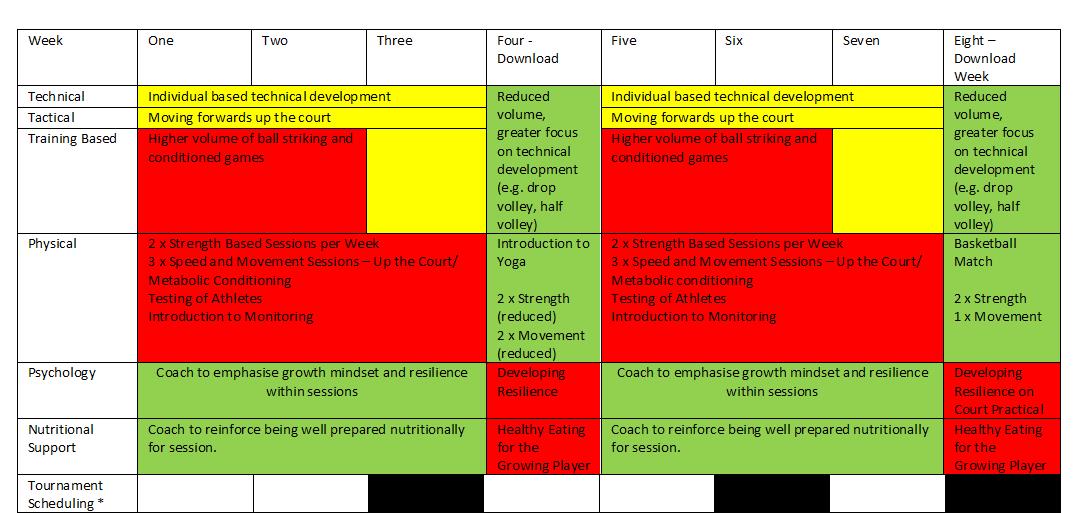
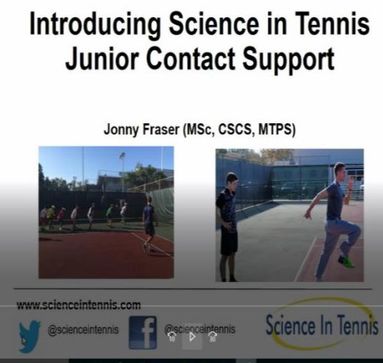

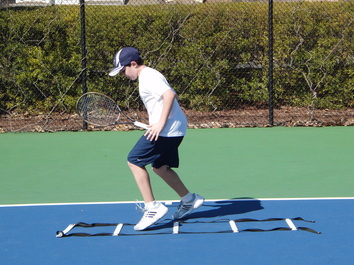
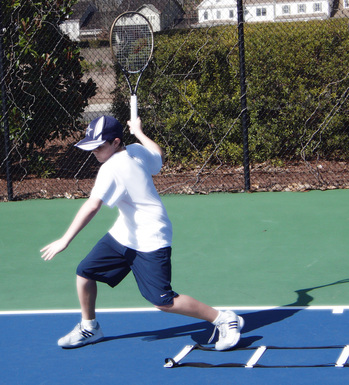
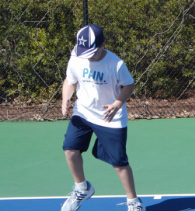
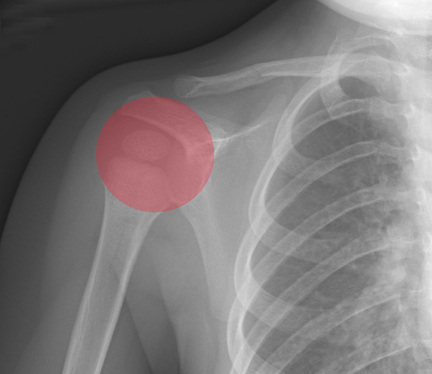


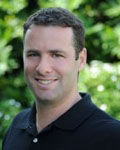





 RSS Feed
RSS Feed
